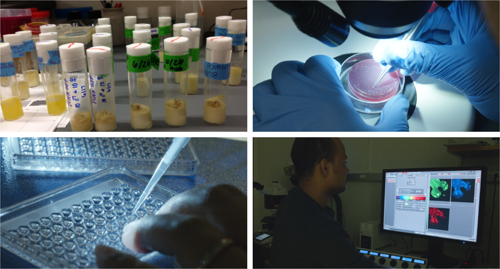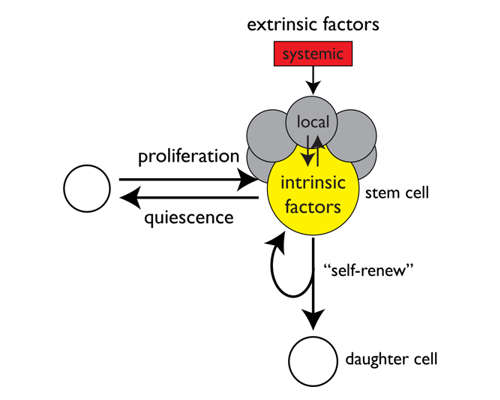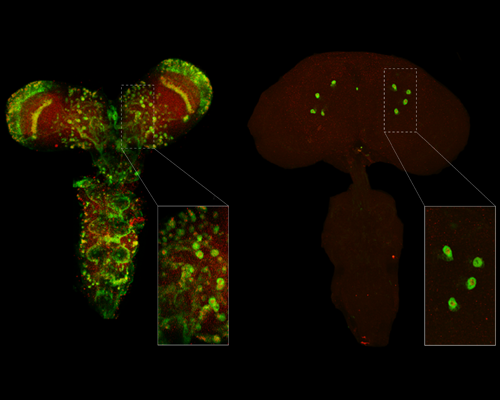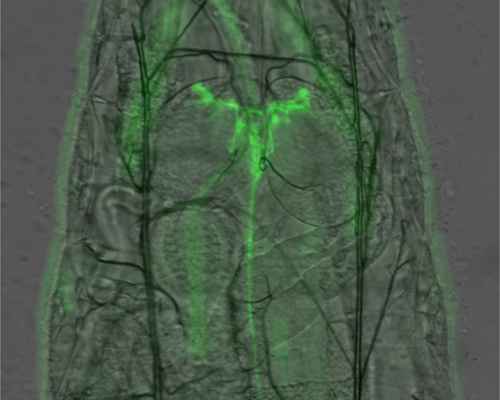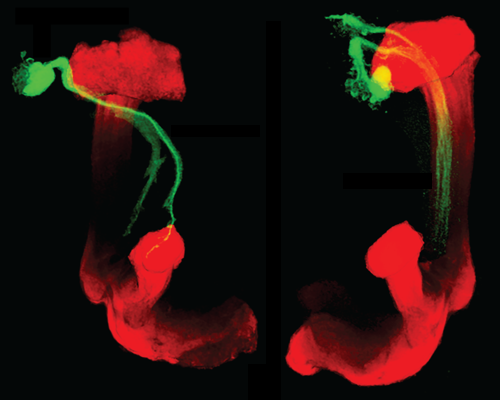Nutrient-control of neural stem cells in their niche
Neural stem cells, like other stem cells, switch between quiescence and proliferation as part of their normal developmental program, during adult homeostasis, and for repairing tissue after damage. We are working to understand the lineage-specific NSC intrinsic programs that govern NSC proliferation decisions in response to dietary nutrient availability.
Related Projects